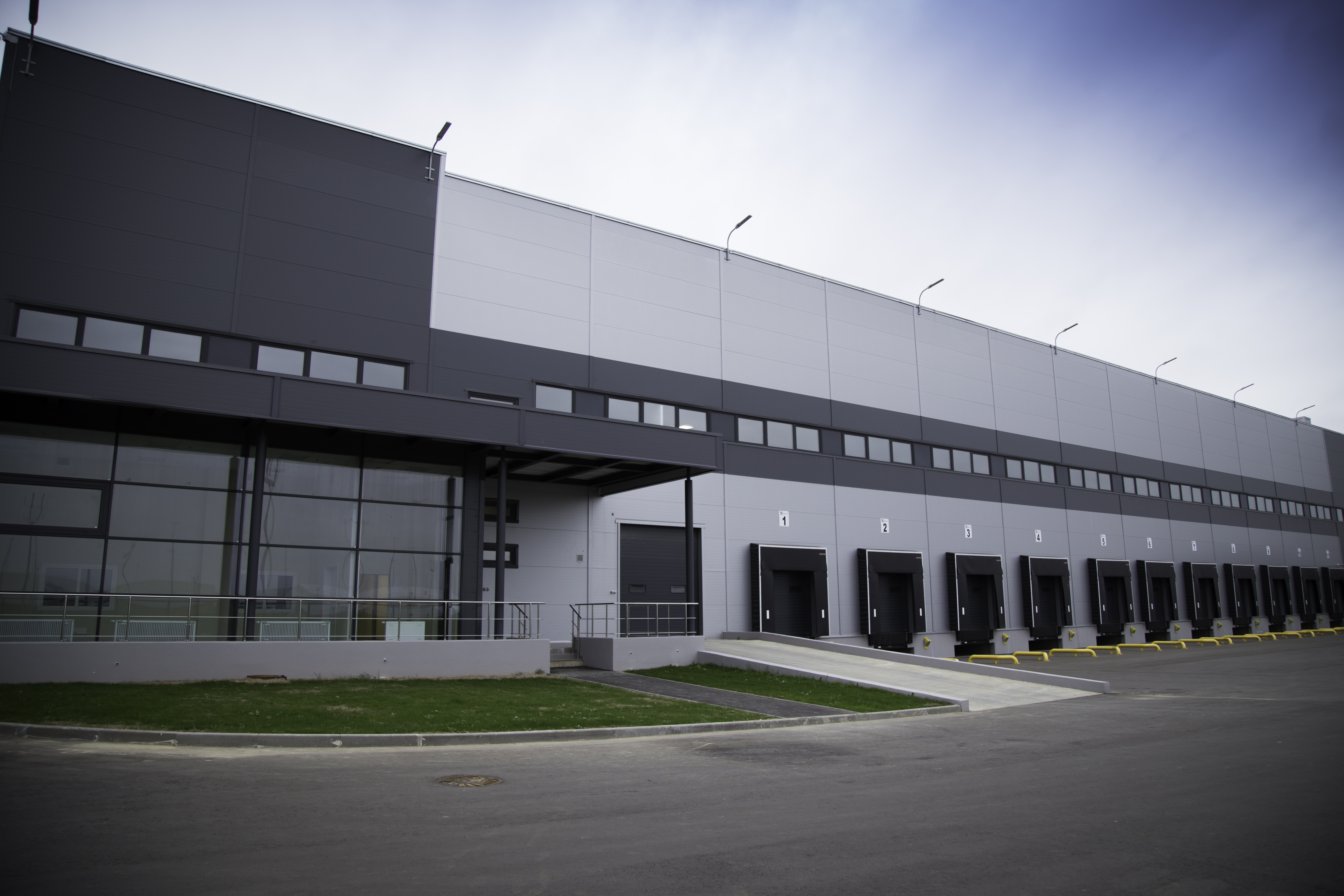From industrial to residential construction, from roofs to walls, sandwich panels are the solution for energy-efficient buildings. They offer exceptional performance at a low price, with infinite possibilities for customisation.
Sandwich panels and dry construction
Insulated panels are increasingly playing a starring role, as they are an ideal element for the completion of structures erected using the dry construction technique.
The possibility of precisely designing all the elements required for the construction of the structure and the cladding, respect of deadlines, construction budgets and energy performance, the shorter duration of the construction site, and the architectural freedom are all elements that make dry construction structures very attractive.
With this construction technique, sandwich panels are the right element for the completion of the building’s envelope and the internal partitions. Buildings benefit from their lightness, resistance, safety and versatility, and interior spaces gain effective thermal insulation and soundproofing.
Insulated panels for tailored insulation
Sandwich panels are manufactured with two load-bearing faces, usually made of metal, and an internal layer made of insulating material, which forms their core. They can vary by the materials - metal sheets or layers - and the insulation used.
The main component of the panels may be made of expanded polystyrene, polyurethane foam, fibreglass, rock wool, as well as wood, paper, cork, etc. They are building elements able to optimise the yield of heating and cooling systems, thanks to their insulating effectiveness.
They can be used for roofing, perimeter and interior walls, as well as for special purposes. Sandwich panels used for the vertical closure of buildings are treated as structural elements, with adequate design and evaluation of the necessary requirements.
The many reasons to use sandwich panels
Effective insulation makes a building very comfortable for the users of its interior spaces and helps increase its property value. Furthermore, it reduces the environmental impact of the construction activity.
Aside from good insulation, sandwich panels also have other features that make them an advantageous solution:
- mechanical resistance to stresses
- fire reaction and resistance
- lightness and ease of installation
- resistance to wear and the weather
- possibility of being mounted onto existing roofs
- versatility of solutions: panels for curved, inclined, flat roofing
- variety of finishes to suit various architectural styles.
The thermal insulation of sandwich panels
Sandwich panels make for a continuous insulating surface, minimising the risk of thermal bridges. Thanks to the high insulating performance, they are used extensively in sustainable construction and buildings designed for energy savings.
Depending on the thickness and the material used in the core, the thermal conductivity and insulation values of the panels can change significantly. This offers the opportunity to size them correctly, based on the specific requirements.
The soundproofing of sandwich panels
The insulating mass inside the sandwich panels also contributes to acoustic comfort. In fact, there are materials with excellent soundproofing performance. Placed as a roof, rather than as sidewalls, they reduce noise inside residential and workspaces, with remarkable benefits for quality of life.
Roofs and walls with sandwich panels
Born to meet the need for large insulating roofs, usually, in industrial and commercial buildings, sandwich panels have also been successfully applied in residential buildings.
This use, which more than any other makes for more energy-efficient buildings, aims to insulate the roof, the largest surface that is most exposed to sunlight in the summer and to heat loss in the winter. If insulated panels are also used to complete the insulation of vertical walls, floors, and internal partitions; we have a building that can optimise resources and reduce heat loss, with a sustainable and rewarding choice.



